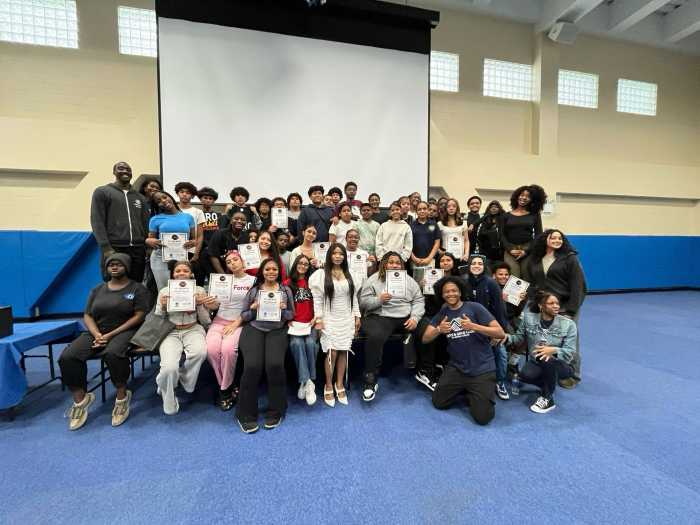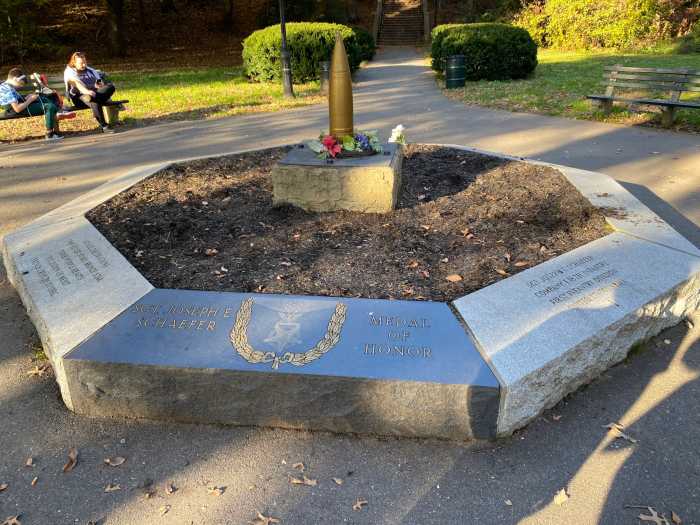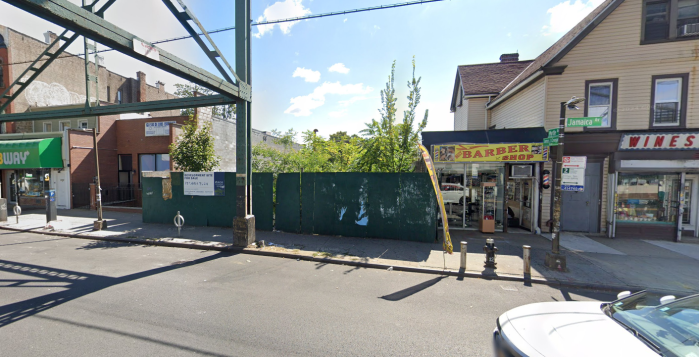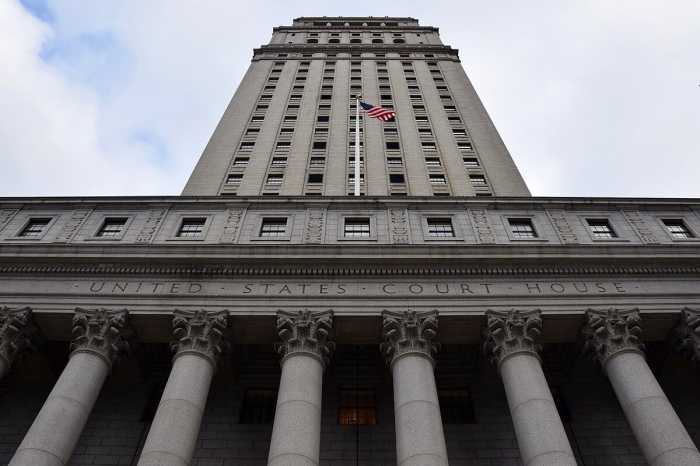Simcha Waisman watched from his desk chair as snow fell quietly onto his building’s roof. He was in an office without windows and certainly no skylight. Nevertheless, his computer screen was tuned to a live feed from a night vision camera that records everything - snowflakes, raindrops or the would-be robber planning his break-in - happening above his One Stop Richmond Hill Community Center, housed within the neighborhood Block Association on Jamaica Avenue.
A state of the art security system seems like overkill for a facility, which, on first glance is home to nothing more than colorful bulletin boards with photos of astronauts and elementary school students flanking a workspace that fills with rambunctious kids on weekday afternoons.
Then you see it - a silver flat screen television - as wide as a fifth grader is high - with a semicircular camera perched on top. But it is no simple web cam, as Waisman, the president of One Stop and Neme Alperstein, the director of the center’s Computer Technology Videoconferencing Program are quick to explain; it’s more like R2-D2 from Star Wars - an enormously expensive and complex hunk of machinery with an all-seeing eye, a window onto the universe.
From its cozy nook at one end of the Community Center, the three-year-old videoconferencing technology has transported dozens of Richmond Hill forth and fifth graders forty feet down on the Great Barrier Reef; to the wilds of Alaska where sled dogs are king; and soon, the equipment will offer this year’s 26 students a direct connection or “downlink” as NASA puts it, with astronauts at the International Space Station in, well, space.
A few days after NASA’s March 11 shuttle launch - a date overtly susceptible to delay as René Flores, an educational specialist at NASA will tell you - once the shuttle docks and a crew change takes place, the astronauts will be peppered with questions from the students of One Stop. The Space Station’s 20-minute communication window will be split between One Stop and a Bellflower, CA elementary school.
But you do not just pat someone on the back, wish him good luck and send him off to space; first, there’s an arduous training regimen and a briefing on the mission at hand.
The students from Richmond Hill public and private schools who were accepted to One Stop’s free after-school program have been training twice a week since January. They are one group of only a handful that gets to “downlink” with the Space Station this year.
“NASA said, ‘grades four and five are our next employees.’ They’re looking twenty years in advance,” said a wide-eyed Alperstein, also a full-time fifth grade teacher in P.S. 56 Q’s Astre gifted program.
A few years ago, Alperstein received a small technology grant for her classroom and attended the Space Exploration Educator’s Conference at Johnson Space Center. She was so impressed she insisted Waisman come with her the following year, and her boss was a quick convert.
“I had the vision. One hundred percent. I had the vision that it was going to take off,” recalled Waisman, who went right to work securing funds for the videoconferencing equipment as well as laptops for his students.
Alperstein attributes the program’s success to a “tremendous leap of faith” on the part of Waisman and the elected officials who made it all possible.
“Failure is not option,” she recalled saying in a nod to Gene Krantz of Apollo 13.
“It’s not bringing a textbook to the kids; it’s bringing the kids to the war so to speak,” said Michael Simanowitz, chief of staff for Assemblymember Nettie Mayersohn, who, along with Assemblymember Anthony Seminerio and State Senator Serphin Maltese, was instrumental in funding One Stop’s program.
“What better way to spend money than by giving kids a hands-on education?” Simanowitz said, explaining that One Stop’s program is “the perfect example” of the marriage of education and technology that Governor Spitzer referred to in his recent State of the State address.
Simanowitz would like other communities and politicians to take note and hopes to bring Spitzer to Richmond Hill to show off One Stop’s program as a model.
NASA, too, has lofty hopes. Flores, of the Teaching in Space program, explained that while the “downlink” is the main attraction, the research and comprehensive education plan that revolve around it are important in cultivating the next generation of explorers.
The “downlink” is just one component in NASA’s K-12 “pipeline” that will ultimately lead to employment, Flores said.
“Kids go home and say they spoke to an astronaut in space!” said Alperstein, anxiously anticipating the shuttle launch.
“You can’t make that up. It doesn’t get any better than that,” she said, smiling like one of her excited students.





































